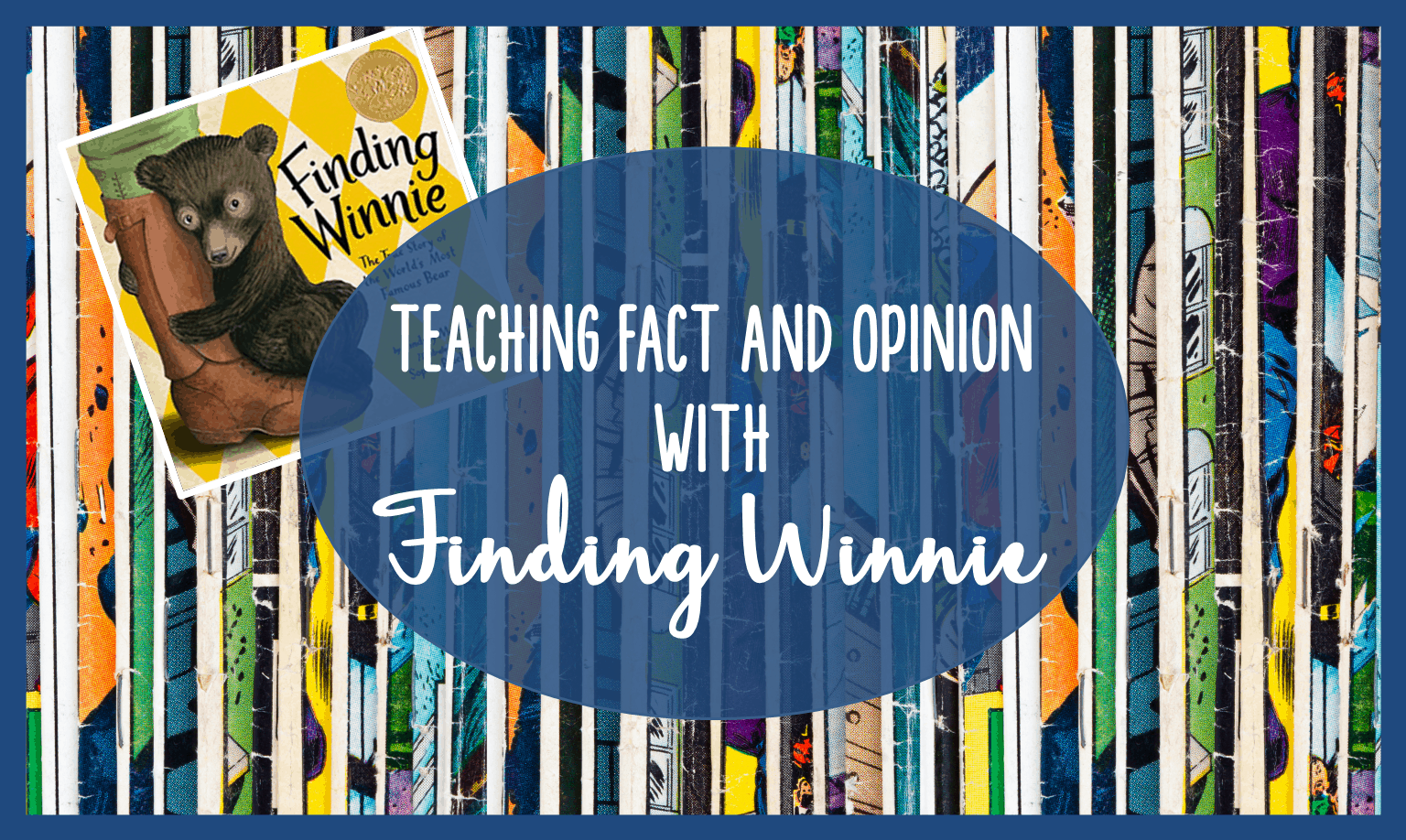
Fact and opinion is an important skills no matter what grade level you teach. If you’re working with nonfiction texts, certainly you want to learn facts about the topic. We write using and justifying our opinions, and we want children to share examples on topics we discuss. In this post, I share with you how I used the book, Finding Winnie with my fact and opinion paper bag book to work on this skill.
Introducing fact and opinion with finding winnie :
The book I chose is hot off the presses and is already making quite an impression among readers as a Best Seller and Caldecot Winner. Finding Winnie: The True Story of Winnie the Pooh explains how Winnie the Pooh came to be. Believe it or not, there really was a bear named Winnie, but I bet you didn’t know that Winnie’s full name was Winnipeg.

Winnipeg was found by a trapper. To save her life, Harry Colebourn bought her for $20 which at the time was a LOT of money. He named her Winnipeg after his home town. The book talks about the history of World War 1, the importance of storytelling, and how Winnie the Pooh became such a beloved character for children.
modeling Fact and Opinion

For this book, I chose to focus on teaching fact and opinion. As an introduction to the lesson, the teacher might brainstorm ideas related to bears. I would not use the words fact or opinion for the brainstorming activity, but rather, just get general ideas. Some will likely be facts and some opinions. As students share their ideas (either on sticky notes or orally), they can be placed on an anchor chart or on a smartboard slide which can be revisited as students discover the qualities of a fact and an opinion.
The difference between fact and opinion
Next, the teacher will want to explicitly teach the difference between facts and opinions, and this is where I’d revisit the statements the kids gave. I am sharing the interactive notebook pieces above. In the photo above, you can see the bulleted list of descriptors for facts and opinions. I recommend close reading with these and underlining key words. As you discuss the statements, you can point out the signal words and evidence.
Modeling the Skill:

Finding Winnie is actually a nonfiction book, but it reads like a narrative. As it is read to the students, have students find and sort the statement tabs provided and glue them to the Fact and Opinion Sorting Mat. This will provide your students with the opportunity to discuss what makes the statements facts or opinions.
An answer key is provided for discussion after. To download this file, subscribe to my newsletter using the form at the end of the post.
applying fact and opinion with new texts
As a work station, I’d recommend students complete the remainder of the Fact or Opinion? Can You Decide? project. The other sections of the project include Just the Facts flapbook, Opinions Matter flapbook, a fact and opinion sort about bears, how authors use facts and opinions, a flapbook for use with a nonfiction book of choice, and a summarizing learning page. There is a grading rubric for teachers to use for assessment once the project is complete.
To learn more about this resource and to see additional preview images, you can click the image below. You can also visit my Teachers Pay Teachers store.

Fact and opinion is a common reading skill. For another lesson, you’ll have to check out the post on This Literacy Life. Andrea is using a book about penguins for her lesson, and the book looks very interesting.
To come back to this post when you’re ready to teach the lesson, you can pin the image to the left. Have a great time hopping through, and I hope you’ll drop in again real soon.

Join My List and Receive the Free Download

You are invited to the Inlinkz link party!
Click here to enter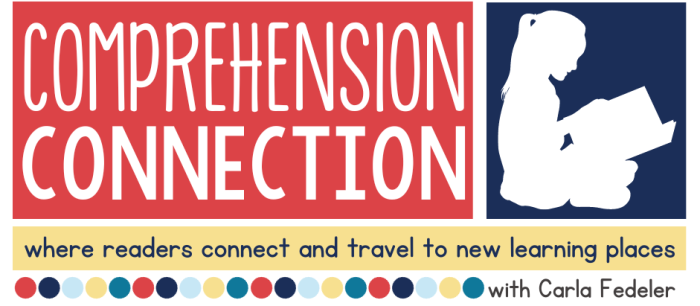












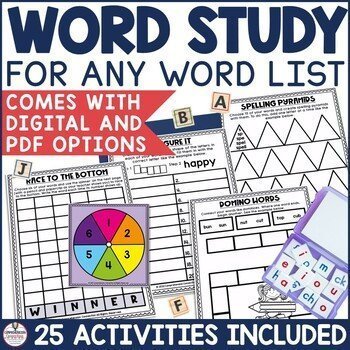
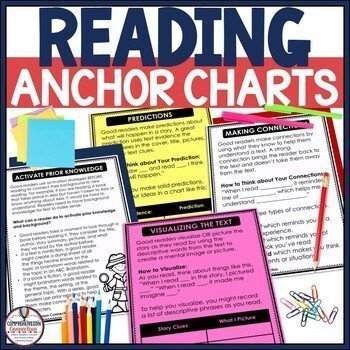
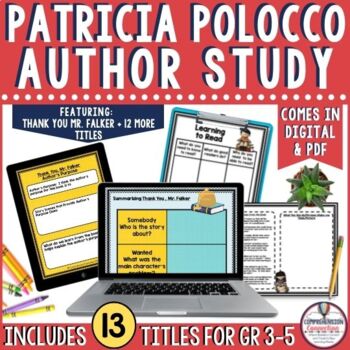
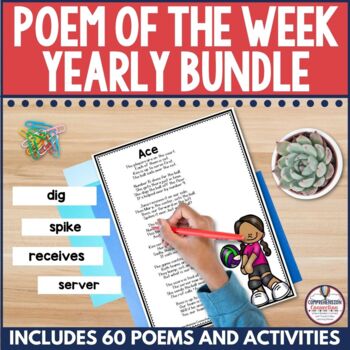

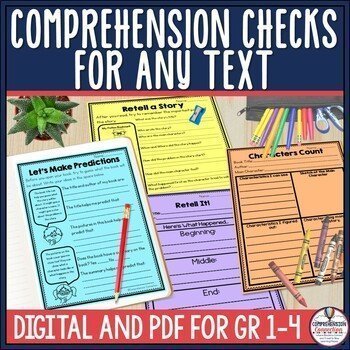
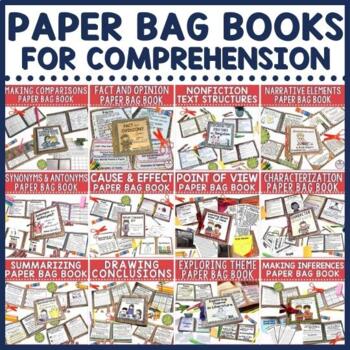
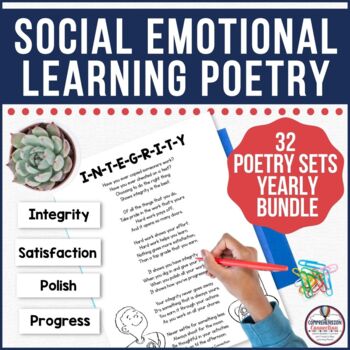

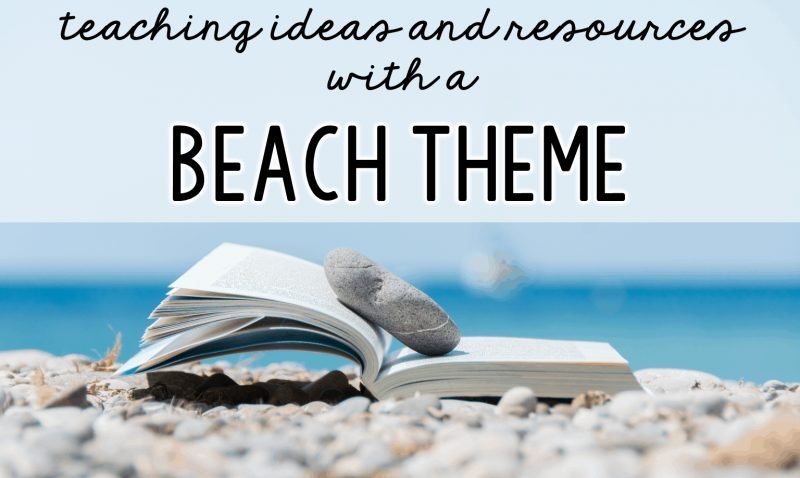




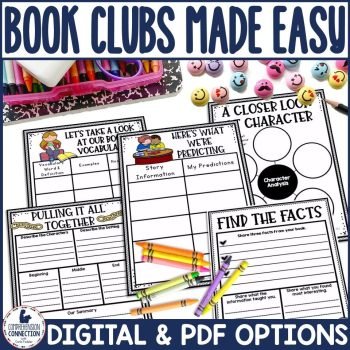


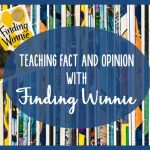
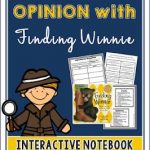




10 Responses
Another AMAZING post, Carla! I have never heard of Finding Winnie before so I can't wait to read it 🙂
Julie
The Techie Teacher
It is new this year. Caldecott Winner in fact! It tells the story of Winnie the Pooh.
Thank you, Carla. What a precious book. I love how you give great details in how to teach the skills used with this book. And, I love Winnie the Pooh!
I was a huge Winnie the Pooh fan as a child and still am. I purchased this book and really wanted to use it with my students. Now I have the perfect activity for a skill they really struggle with! Thanks so much for the freebie!
Andrea
This Literacy Life
I love this book. It is such a great story especially if you are a fan of Winnie the Pooh! I really like the flapbook ideas. Thanks for sharing your ideas with such a great book!
I have to get that book! My students would love your paper bag book, and they can always use practice with fact/opinion. Thank you for sharing and all of your hard work!
Thanks Sandy! Appreciate it!
Very glad you can use it! Hope the book is in your library. 😉
Glad you like the paper bag book! I've had a great time creating them!
Glad you like it, Marissa! I enjoyed putting them together. 🙂